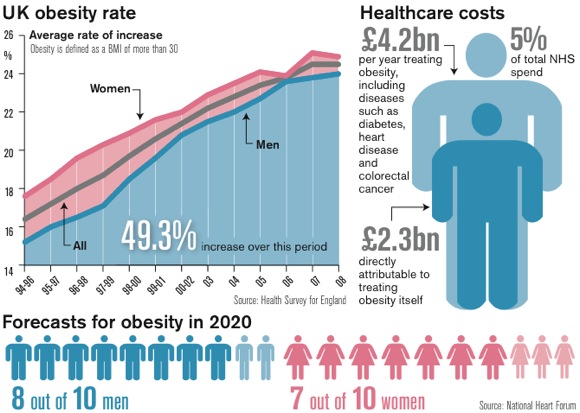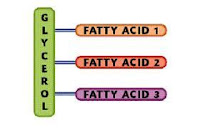Week 8- Obesity Genes

‘Three-year-old dies of obesity’ screamed the newspaper headlines when, in May 2004, a child died from heart failure in a London hospital. She weighed a staggering 40 kg. A media frenzy erupted, and the parents were blamed for ‘stuffing her to death’. Was it fair to accuse her parents? Scientists later confirmed that there was a medical problem behind the child’s extreme obesity: a genetic glitch that triggered her immense appetite. Genes play a crucial role in shaping our weight, but scientists have only recently started to work out how. It is too simple to say that obesity is ‘all in the genes’ but our genetic inheritance does have a big say in our size. Researchers can come at obesity f rom two directions. In a ‘classical’ approach, the extent to which weight or obesity is inherited can be assessed. This is a difficult area to study, but the consensus i...



